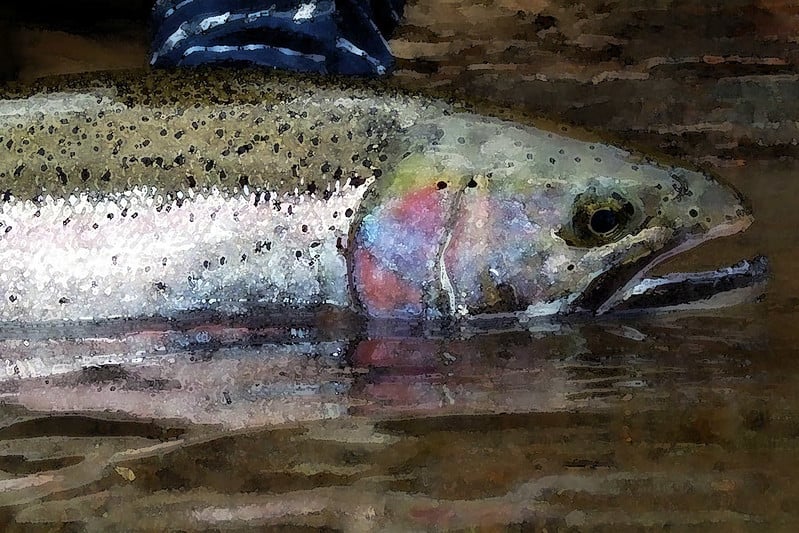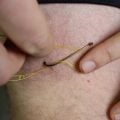Steelhead Fishing Opens on Skagit, Sauk Rivers

Photo: Tom Hart/Flickr
The Washington Department of Fish and Wildlife (WDFW) announced that as of February 3, a recreational fishery would open on the Skagit, and its main tributary, the Sauk.
Per a press release, “Recreational steelhead fishing will open Feb. 3 through April 17 five days per week Saturdays through Wednesdays only, closed Thursdays and Fridays, on portions of the Skagit and its major tributary the Sauk under catch and release regulations.”
One could assume this means good news. Opening a river to recreational angling means that enough adult fish are present in the river that catch-and-release fishing shouldn’t impact them too much, right?
Well, WDFW and tribal fisheries managers project that only 5,215 wild steelhead will return to the Skagit River and its tributaries this year.
That’s not many fish, especially when you look at the historical data. Per the Wild Steelhead Coalition (WSC), “Historically, the Skagit Basin saw returns of around 150,000 wild steelhead annually. We saw runs of approximately 13,000 as recently as the late 80’s and runs of 9000 fish (in 2015).”
The WSC also notes that under current Endangered Species Act (ESA) guidelines established for the Skagit watershed, a “low-impact” fishing season is allowed only if projected runs are between 4,000 and 6,000 wild returning fish. Keep in mind that’s projected, not an actual number of spawning fish. Also of note is the definition of “low impact” by the ESA – a “fishery that does not exceed an acceptable mortality rate of ten percent of the returning fish. These mortality impacts are shared between recreational anglers and tribal fisheries.”
I understand steelheaders want to chase these fish, but it seems foolish to allow for up to 10% mortality in a population of endangered fish that are likely to disappear in our lifetime unless something drastic changes. I have to wonder if it’s better to leave these fish alone than try to catch them.
This same scenario played out in 2021, when recreational fishing opened with only 4,297 fish estimated to return to the watershed. At the time, WSC made this statement:
“For our part, the Wild Steelhead Coalition is deeply concerned about the Skagit system’s depressed steelhead run counts and the potential impact of this season. As passionate steelheaders, we want to fish these iconic rivers as much as anyone, but we also recognize that steelhead numbers in the Skagit and Sauk are currently on a razor’s edge.”
Climate Change Could Cost Montana's Economy
Indifly Rallies Supporters to Join The Indifly Corps











